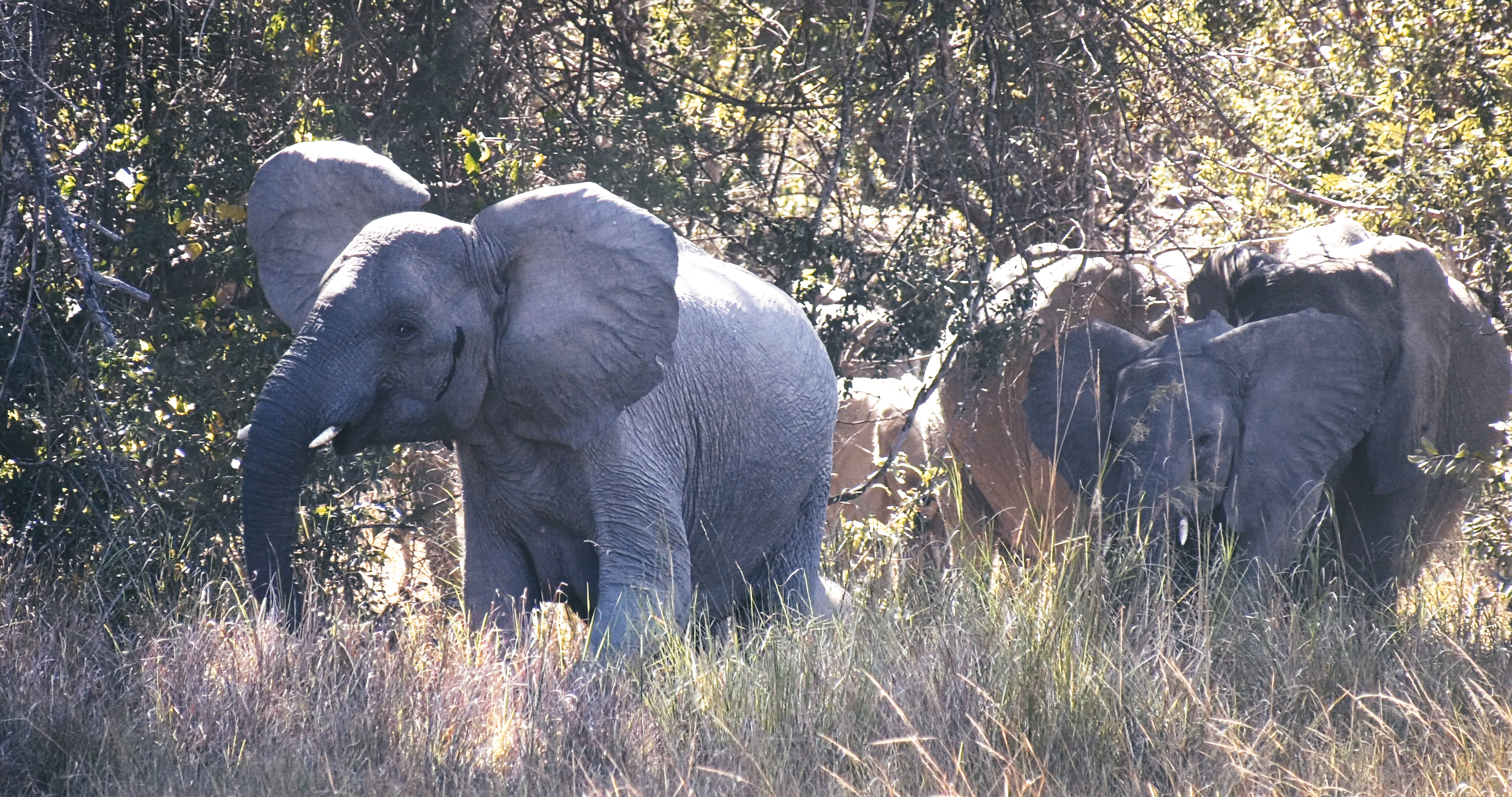It is worth considering whether an African Parks – type model would provide the opportunity for all African states to coalesce in support of sustainable trade. One might envisage a single non-profit organisation, comprising first world donors working in partnership with range state governments, taking total control over all (legal) ivory trading. Such an organisation would purchase all ivory, which they might either choose to stockpile in the short term or, alternatively, if legal purchasers could be identified, to sell.
The money generated from sales would initially be distributed and used to police those protected areas that either had the greatest need of protection or offered the greatest opportunities to generate fastest growth of elephant populations. However, at this point, it becomes necessary to pay a visit to the world of financial reality. It may eventually be possible to build up elephant numbers to 750000 on one million kilometres of protected area. Thereafter, this might allow (require) an annual cull of 37500 animals, generating, maybe, 375 tonnes of ivory to which might be added, say, 25 tonnes retrieved from animals dying naturally. This could, at US $1000/kilo, generate sales of US$400 million/annum.
However, it is necessary to look at what the position would be in the early stages of the scheme before suboptimal populations were restored. Suppose that 12000 of the surplus elephants in Botswana and Zimbabwe were culled every year for 12 years (such that population density at the end of this period reached the optimum level) the annual revenue from ivory (sold to the organisation @,say, US$100/kg) would be in the order of US$12 million to which could be added a similar sum (if traded directly by the two nations) from hides and meat. An extra US$24 million would thus be available for policing the 170000 sq km of protected area cited in the GEC (US$141/sq km of protected area) to be added to tourist revenues, which, in these countries, are relatively high.
The organisation might expect to generate US$108 million/annum from sales (at UD$1000/kg less purchase costs). By purchasing existing stockpiled ivory (also, for argument, dividing the income therefrom over 12 years) and that gathered annually from dead elephants (those dying naturally and those shot in consequence of human/elephant conflicts from all over Africa) the organisation might also hope to generate a further US$15 million.
Having subtracted the 170000 sq km in Zimbabwe and Botswana from the one million sq km of total protected area, one is left with 830000 still in need of better protection. If one ignores organisation overheads (which would initially be met, hopefully, by first world loan guarantees until the organisation became self-financing), there would be US$123 million available for distribution. This would allow US$148/sq km of remaining protected area for additional policing. This would be very helpful, but, on its own, probably inadequate.
Nevertheless, the scheme looks to be initially affordable and ultimately profitable. As the proposed organisation is not designed to be profitable, it could eventually pay more for the ivory purchased, but sale price to end users should, if possible, be maintained. It would also seem desirable that the same organisation should control rhino horn trading. Eventually, it might even seek to add value to these wildlife commodities by producing finished product in Africa.


